| Plant Habit: | Shrub |
| Life cycle: | Perennial |
| Sun Requirements: | Full Sun |
| Minimum cold hardiness: | Zone 10a -1.1 °C (30 °F) to +1.7 °C (35 °F) |
| Leaves: | Deciduous |
| Flowers: | Other: In the genus Euphorbia, the flowers are reduced in size and aggregated into a cluster of flowers called a cyathium (plural cyathia). This feature is present in every species of the genus Euphorbia but nowhere else in the plant kingdom. |
| Bloom Size: | Under 1" |
| Suitable Locations: | Beach Front Xeriscapic |
| Uses: | Provides winter interest Will Naturalize |
| Dynamic Accumulator: | B (Boron) |
| Resistances: | Drought tolerant |
| Toxicity: | Other: All members of the genus Euphorbia produce a milky sap called latex that is toxic and can range from a mild irritant to very poisonous. |
| Containers: | Needs excellent drainage in pots |
| Miscellaneous: | Tolerates poor soil Goes Dormant |

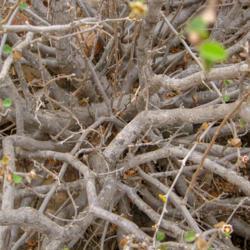

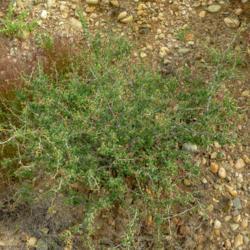
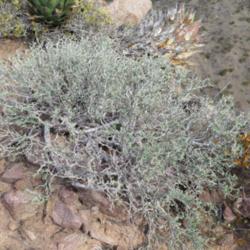
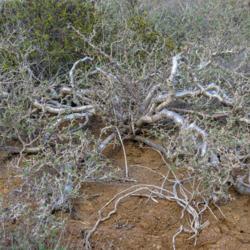
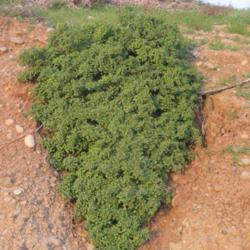


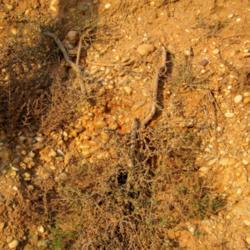
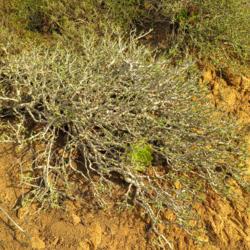
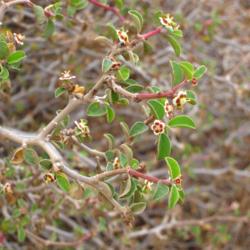

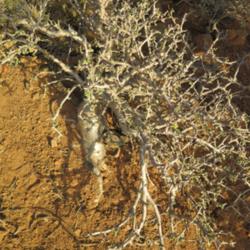

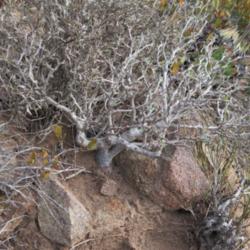
« Add a new plant to the database
» Search the Euphorbias Database: by characteristics or by cultivar name
« See the general plant entry for Euphorbias (Euphorbia)